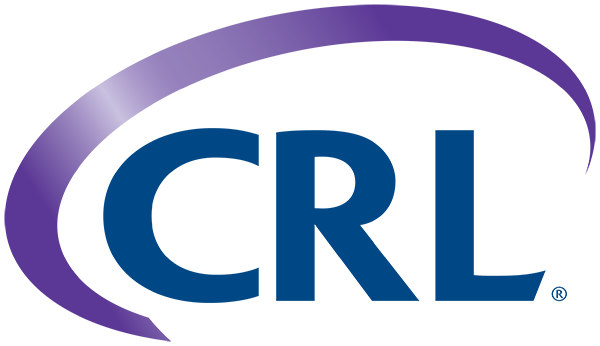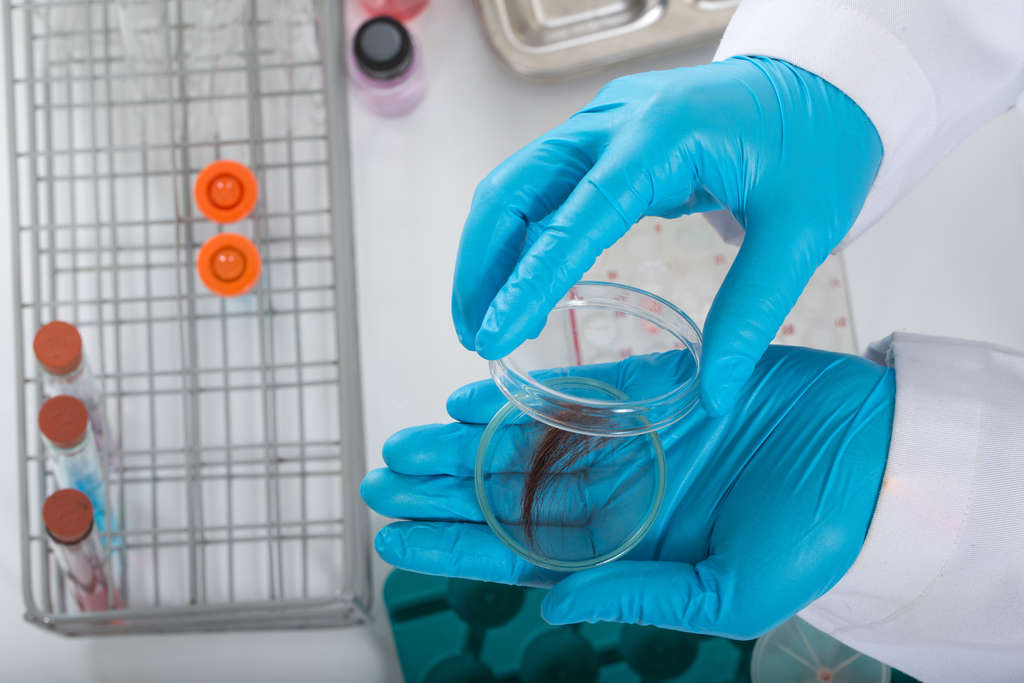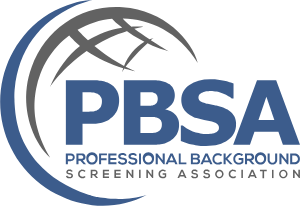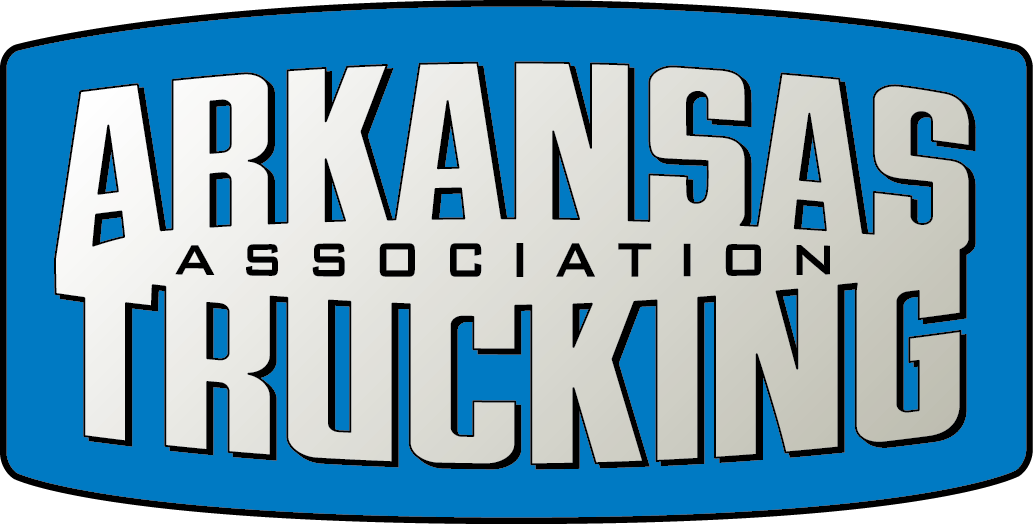US Drug Test Centers Research Articles
The Role of Hair Testing in Today's Workplace
Starting a company drug testing program or reevaluating your existing plan can be a cumbersome but necessary process. When done correctly, your drug and alcohol testing program will ensure workplace safety and can pay for itself many times over. One question you may be considering is what test method to use. Is hair follicle drug testing under consideration? Should it be? Let's look at the history and applicability of hair drug testing.
Background
Hair analysis has a long history in forensic science. The first believed use of hair testing was by Felix Hoppe-Seyler to identify poison in the exhumed body of a murder victim 11 years after death. Hoppe-Seyler's accomplishment was noted in 1858.[1]
In 1577, Swedish King Eric XIV died suddenly after eating pea soup. An analysis of his hair 400 years later found arsenic, suggesting he may have been poisoned.
Napoleon died in 1821. Arsenic was later found in his hair as well. Historians have debated whether his death was an accident or murder. But a hair analysis in 2008 suggested that he was not likely murdered but used various commonly available medicines and tonics that contained arsenic, considered a cure-all at that time.[2]
It has been noted that “[t]he exact mechanism by which chemicals are incorporated and bound into hair is not completely known.”[3] Healthy hair grows in a series of three stages: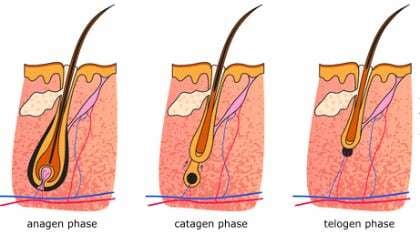
- the growing phase (anagen),
- the transition stage (catagen), and
- the resting stage (telogen).
The length and the rate of growth of hair depend on the duration of each stage. The duration of each step varies from person to person, between the scalp hair and the hair of other body regions and even between different areas of the scalp of the same person.[4]
Hair as a Test Method in the Workplace
When hair is exposed to a drug, either by ingestion or from environmental factors, some of it gets trapped in the hair. There are many factors that can influence if drugs can be found in hair and how much. Among those factors are:

- Passive diffusion from the blood supplying the hair follicle, as the hair follicle is surrounded by a dense capillary network;
- From sweat, sebum[5] and the secretion of apocrine glands (only for pubic and axillary hair). Sweat is secreted by eccrine glands on the surface of the body and can be considered a vehicle for the excretion of drugs. Sebaceous and apocrine gland ducts exit directly into the tunnel of the hair follicle just below the surface of the skin. Thus, the hair shaft (except for beard hair) is in tight contact with these secretions until it emerges from the skin;
- Because of its high surface-to-volume ratio, the hair may be easily contaminated by the external environment, by exposure to chemicals in aerosols and smoke or by direct contact with powders;
- Directly from the skin to the zone of hair synthesis.[6]
Testing hair for illegal drugs has been somewhat controversial over the years.[7] This is, in part, because there are additional factors influencing how drugs might appear in hair, including: 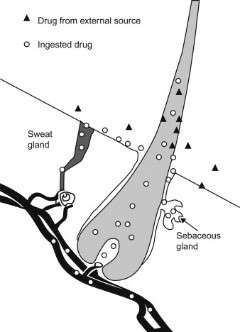
- Hair color (type and concentration of melanin and other pigments);
- Ethnic type;
- Cosmetic treatments (shampooing, bleaching, dyeing, waving, relaxing or exposing hair to strong bases that may cause hair damage with drug loss or affect drug stability);
- External conditions (sunshine, rain or wind can damage the hair shaft, affecting drug concentration;
- It is generally observed that drug concentrations decrease along the hair shaft with increasing distance from the root.
Choosing Hair Drug Testing
An adequately designed drug and alcohol testing program must consider who will be tested, what drugs will be tested, where tests will take place, when testing will be required, how testing will be conducted, and the post-testing procedures. This also includes re-testing (split tests), medical review, reporting results to those individuals who test positive, appeal of positive results, and the discipline to be imposed.
Among the many components of any drug and alcohol testing program is how tests will be conducted. When considering the different test methods available, you should focus on what you are trying to accomplish. Are you trying to detect drug users so you can remove them from your workplace or offer them help with a drug or alcohol problem, are you trying to prevent drug users from entering your workplace, or both?
Choosing the right test method to meet your goals can be critical. The test method essentially means selecting the part of the human body or which bodily fluids you will have analyzed for the presence of prohibited drugs. Test methods typically used in a workplace drug testing program include urine, blood, oral fluid (saliva) and hair.
These test methods are not all the same. They may have different detection levels (cutoff levels) and different detection times or "windows of detection." The window of detection is critical as it dictates when a specific drug can be identified based on how soon after someone uses the drug and how long after they stop using it.

Notice, oral fluid (saliva) testing can discover drug use almost right away after use but only a matter of hours after use. Hair testing will not show drug use for days after first use but will potentially reveal use for months after a person has stopped using.
So, oral fluid testing might be the best choice of screening method for reasonable suspicion or post-accident testing situations to detect recent drug use. Hair or urine drug testing would be the recommended choices for pre-employment drug testing.
Another consideration when making your selection is whether there are any applicable state or federal rules that limit your choice. Check the state rules to see how "specimen" is defined or what test method is addressed.[8] Check both statutes and regulations - they may differ.
Under federal (DOT) rules hair testing is not permitted. Revisions for testing of alternative specimen methods (e.g., hair, oral fluid, sweat) and the use of POCTs were proposed in 2004 (SAMHSA, 2008), but have not been finalized federally.[9]
Hair follicle drug testing is also more difficult, yet not impossible, to alter/adulterate than urine drug testing. Substituting a hair specimen is not possible due to the controlled collection process.
Conclusion
Hair testing presents many advantages over other types of testing.[10] But it's important to recognize its benefits and limitations. A balanced test methodology approach may best help you accomplish your goals. Utilizing hair testing for pre-employment screening will provide the maximum "window of detection" for drug use. However, employers should be prepared to use other screening methods for post-employment drug screening that more appropriately detect recent drug use.
Appendix A
Guidelines for testing drugs under international control in hair, sweat and oral fluid.
Below is a chart for Guidelines for testing drugs, for assistance with this content contact US Drug Test Centers
[1] Casper, A Handbook of the Practice of Forensic Medicine, 1858.
[2] Recent Advances in Trace Elements, Chojnacka and Saeid editors, 2018 Wiley Blackwell pub. At p. 71.
[3] Guidelines for testing drugs under international control in hair, sweat and oral fluid, at 1.1.3, United Nations 2014.
[4] Guidelines for testing drugs under international control in hair, sweat and oral fluid, at 1.1.3, United Nations 2014.
[5] "Sebum is an oily, waxy substance produced by your body's sebaceous glands. It coats, moisturizes, and protects your skin . . . Sebaceous glands cover the vast majority of your body. Although they're often grouped around hair follicles, many exist independently." https://www.healthline.com/health/beauty-skin-care/sebum.
[6] Guidelines for testing drugs under international control in hair, sweat and oral fluid, at 1.1.3, at p. 9, United Nations 2014
[7] See for example, Williams v. Gulf Coast Occupational Medicine, Inc., 2016 WL 770376 (2016); Jones v. City of Boston 752 F.3d 38, (1st Cir. 2014)
[8] Some states have voluntary testing programs that do not address or do not permit the use of hair testing. See for example Kansas K.S.A. 44-501; Connecticut; Other state specifically allow hair testing such as Maryland. Code §17-214(b)(3) limited to preemployment only.
[9] SAMHSA, Clinical Drug Testing in Primary Care, Technical Assistance Publication Series (TAP32), p. 4, 2012.
[10] See the advantages-disadvantages chart attached as Appendix "A." Guidelines for testing drugs under international control in hair, sweat and oral fluid, at 1.1.3, United Nations 2014.


